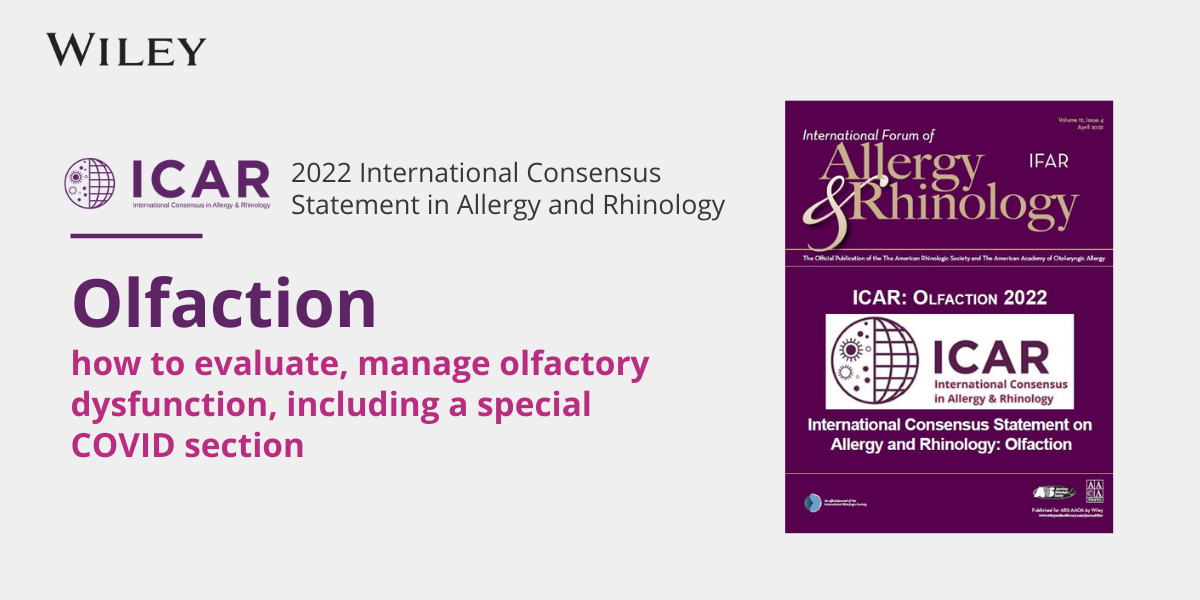From American Medical Association (AMA) On December 20th the House and Senate avoided a government shut down and passed a continuing resolution to keep federal agencies and programs operating until March 14. Most of earlier proposed health care package, including…
Costs are going up. How can I maintain my service lines without going into debt?
2.
Costs are going up. How can I maintain my service lines without going into debt?
Question: Costs are going up. Everything seems to be 20+% more expensive. How can I maintain my service lines without going into debt?
First, how well do you know the business behind your practice? Do you know which payers are paying for which services? At which level? In what typical time frame? Not all payers are alike in terms of services covered and timeliness of payment for those covered services. It is key to grasp a solid understanding of your payer mix and compare to your patient population.
This will help you consider what services you may wish to better negotiate when you renew your pater contracts. It will also help you have a better sense of your patient population and what makes sense for you.
Second, how well do you know your costs and service lines? While our SLIT calculator in our Practice Resource Toolkit was designed to help calculate costs to offer SLIT as a line of therapy, the basic principles can apply to all your service lines.
Assess: Volume of patients, charges for the service, reimbursement values by payer, costs. Costs include specific supplies for the service (antigen for SLIT in our example), equipment (lease or amortization), staff cost based on staff time for the service, physician time. Using this data, you can calculate your costs per patient and review reimbursement to see where your profit/loss lands. It also gives you some insights to see where opportunities may lie for some cost savings to help improve cost efficiencies.
AAOA has a new member benefit with our Affinity Program. Through this program, AAOA members can work with USENT to help reduce practice costs. USENT has over 38 vendors, clinical and nonclinical — from antigen/allergy supplies (significant savings opportunities specifically for AAOA members), equipment, and devices to custom procedural kits, office supplies, IT and more. USENT has already negotiated pricing, taking that off your plate, to help assure you can reduce your overhead and direct costs for some service lines. Reducing costs of antigen may open opportunities to increase your allergy patient volume or even make SLIT more cost effective for you and your patients. Eliminating vendor negotiations frees your time and staff time to focus more on patient care. For more information on the AAOA’s Affinity program, contact [email protected].




